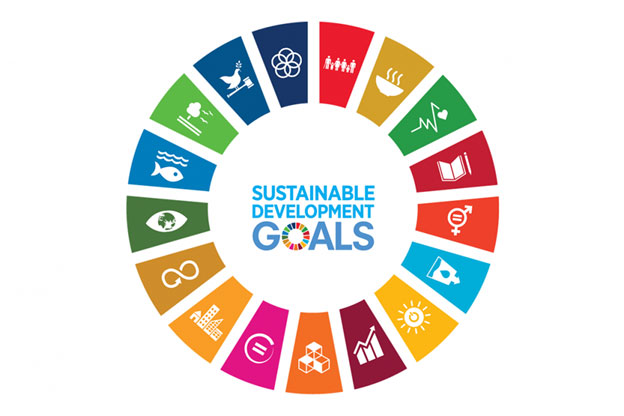WASHINGTON DC, Apr 18 (IPS) – The global risk landscape is evolving at an unprecedented pace, posing significant threats to attaining the Sustainable Development Goals (SDGs). As extreme weather, macroeconomic shocks, conflict, and other risks intensify and intertwine, they can create ripple effects that amplify existing vulnerabilities and put both human and development progress in peril.
People living in poverty bear the brunt of these crises, which weakens their ability to contribute economically and poses a threat to social stability. Therefore, developing products and services that strengthen their resilience is crucial to getting back on track to meet the SDGs.
However, despite increasing efforts to build resilience, we still lack a comprehensive understanding of what works, for whom, and in what contexts. Without stronger evidence and impact measurement, resilience strategies risk being ineffective or misaligned with the needs of society.
Through the Financial Inclusion 2.0 initiative, CGAP has explored existing evidence to better understand how financial services can contribute to various development outcomes, including increased resilience.
Our findings are encapsulated in the newly launched Impact Pathfinder, a global public good that provides insights into the links between financial services, increased resilience, and development outcomes.
Inclusive finance is essential for building resilience
Overall, evidence shows that insurance, credit, digital payments, and savings all play a meaningful role in building the resilience of vulnerable populations and small businesses globally. The Impact Pathfinder examined resilience through a collective 176 studies that paint a strong picture of financial services’ role in enhancing resilience.
Insurance, credit, digital payments, and savings all play a meaningful role in building the resilience of vulnerable populations and small businesses globally.
In particular, literature primarily focusing on remittances found a positive link between digital payments and rural households’ and farmers’ ability to better prepare for and absorb climate-related shocks.
…




